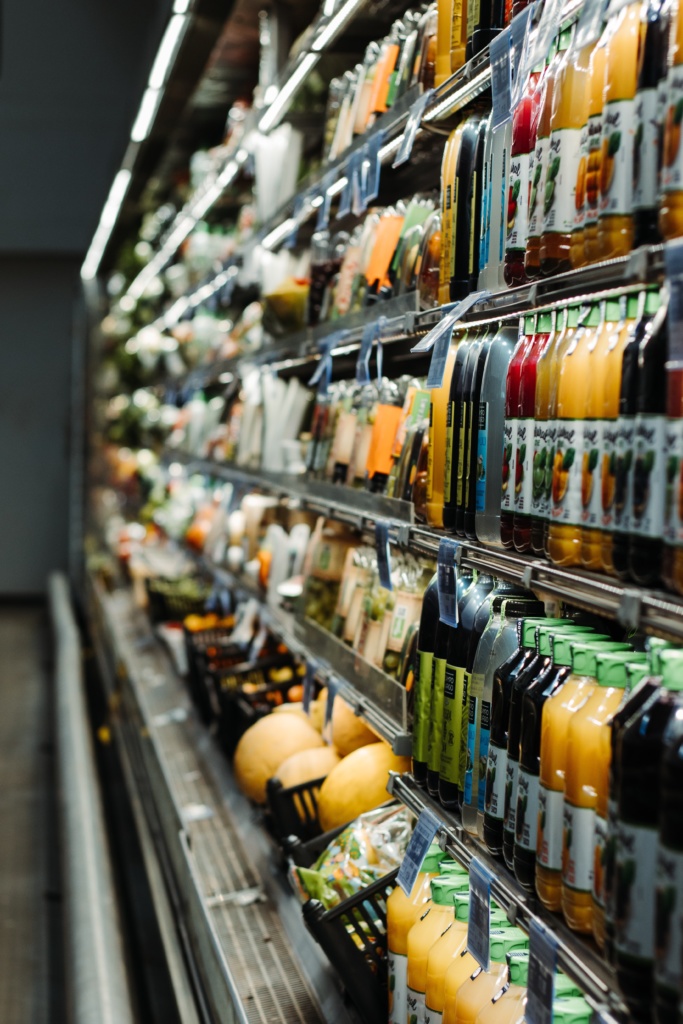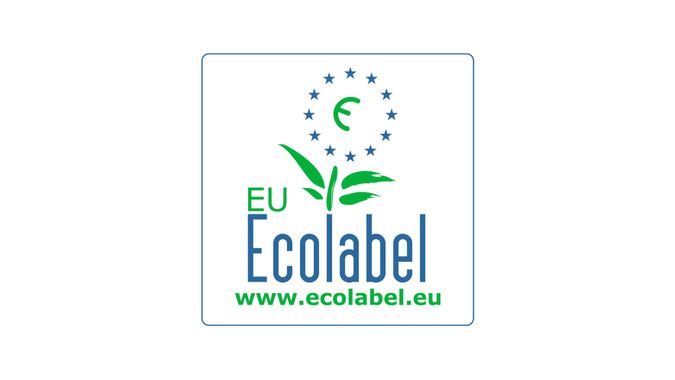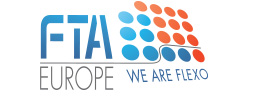In this comment piece, Thomas Torp, Grakom’s CEO, discusses how we should move away from the idea that packaging is a problem, and view waste as a resource. The original Danish version can be viewed here.
On my desk is the EU Packaging & Packaging Waste Directive. If that sounds a little dry – it is. However, this Directive, and the forthcoming revision, is crucial both for the environment and Danish companies. If revised correctly, this Directive could potentially support one of the decade’s biggest business opportunities as well as solve the challenge with increasing amounts of packaging waste. Packaging has great potential if not only seen as a problem.
Increasing packaging

Packaging consumption is growing. It is estimated that packaging demand will grow steadily, reaching $1.05 trillion in 2024 (Smithers, 2019). Considering packaging as a problem means that tools are taken out of the toolbox which could be used to progress as a society.
Increased use of packaging is closely tied to increase prosperity. Of course, we should not use more packaging than is absolutely necessary, but we can handle it with the right ingenuity and innovation.
Packaging design needs to be improved and refined so that it can be recycled. This should be the focal point of the EU’s packaging policy. Companies have a unique opportunity to set high standards and will become more competitive in the global market as a result.
Waste is a valuable resource
In a recent report on its climate partnerships, the Danish Government concluded that:
“There are great business opportunities in perceiving waste as a valuable resource, and there is therefore a need for framework conditions that support Danish green growth in the form of both the development of packaging solutions and recycling technology.”
The packaging industry unequivocally shares this view. We must speak positively and constructively about packaging. The industry is not opposed to measures which seek to improve the environmental impact of production. Companies are innovative and adaptable. They see opportunities and want to share responsibility.
Regulatory framework
Innovation requires a properly functioning regulatory framework and public support to ensure that the demand support for new products is there. Unfortunately, it is still often price that drives the market for graphic products – including packaging. The EU institutions must oblige Member States to promote the development, use, and recycling of green packaging. The revision of the EU Packaging & Packaging Waste Directive should be as ambitious as possible to secure the European Commission’s desired results: climate friendly packaging.
When authorities and public institutions take the lead in demanding green solutions, they promote the production of green packaging, thereby developing the market and increasing opportunities for private companies. This also creates a competitive pressure for companies to prioritise the environment.
Consumers must be involved
If the green transition is to take place in earnest, it is crucial that consumers are involved. Consumers must create the demand that pushes for the green transition. Here, too, the EU plays a crucial role.
European consumers are becoming more and more environmentally and climate conscious, but although many want to support the green transition, it is difficult for individuals to carry out the desired actions, as there is a lack of benchmarks and communication from authorities.
The EU must drive information to Europe’s citizens to equip them with the right information to make informed choices. Cracking down on green claims, smart buzzwords, and fake news is key here.
Ensuring a fair debate around substrates is also important. Packaging is designed with functionality in mind to protect the product inside.
The symbol of the right choice
For the benefit of consumer information, the EU already possess an excellent tool: eco-labels. The use of labels must be actioned offensively and be the symbol for the consumer of the right choice. Unfortunately, eco-labels are often not used on the packaging. This means that the consumer is not informed of the product’s environmental impact, which may influence their purchasing decision. In the EU, the flower eco-label should therefore be extended to include packaging to ensure recycling and complete the circular economy.

Waste management must be uniform
The control of waste management is core to a well-functioning circular economy. Here, the EU has a long way to go. Although some countries, like Denmark, have made some future-oriented and important decisions about uniform waste fractions, there is a risk this approach will not have the desired effect if the rest of Europe does not follow suit.
With a more uniform waste sorting in the EU, it will be much easier for packaging producers to produce for recycling. It is the very core of circular economy. Packaging cannot be viewed solely as a problem. This removes tools from the toolbox to solve the problem of waste not being reused.
If we can find the big ambitions, there is both a strong, green transition and good business opportunities ahead.
